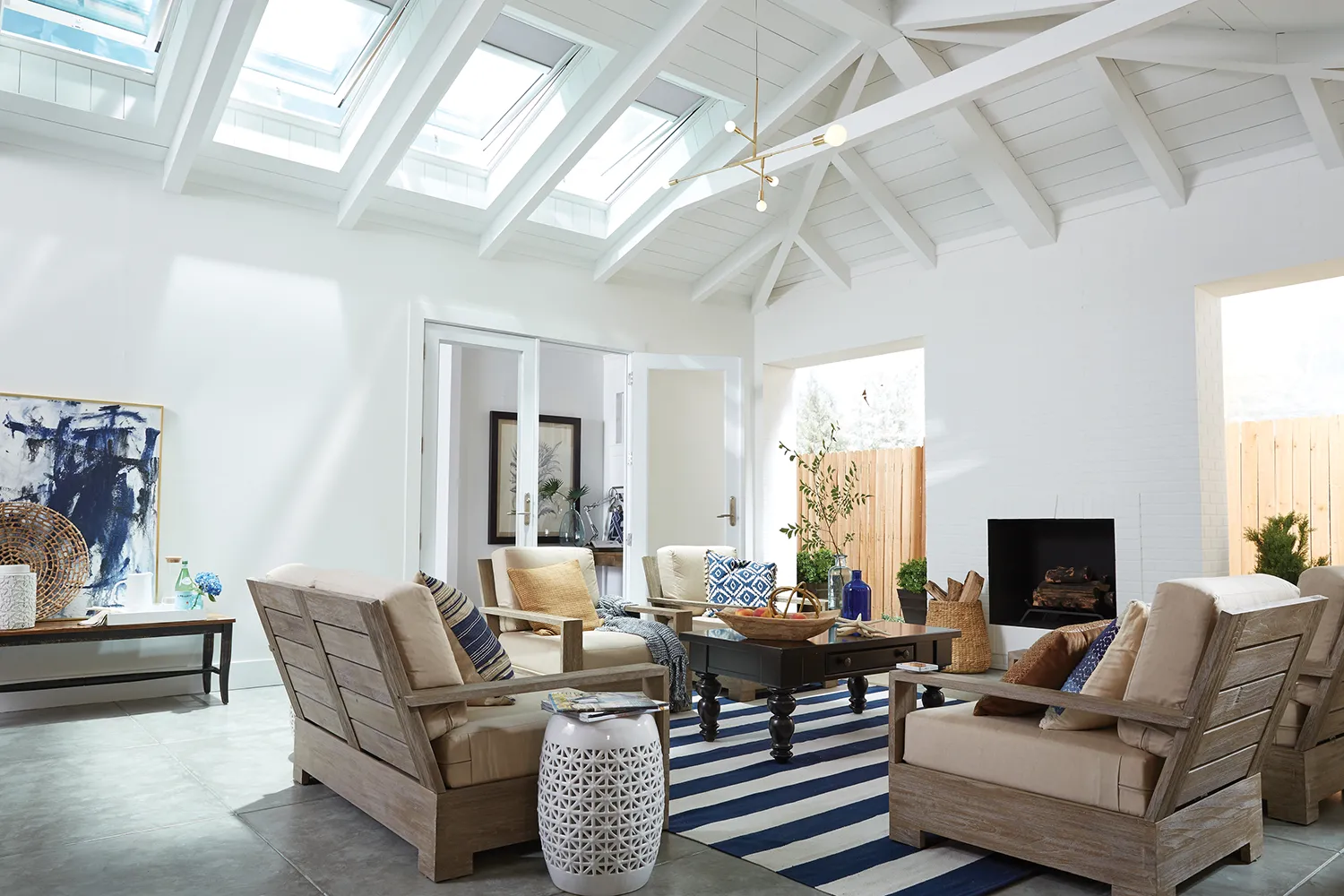Skylights vs. Artificial Lighting: The Greener Choice
In sunbaked regions such as Torrance and Long Beach, homeowners face a unique challenge: how to light and cool their living spaces without increasing energy bills or harming the planet. As sustainability becomes a top priority in interior design, selecting the right balance of natural and artificial light is more crucial than ever.

Building Materials and Environmental Impact
Skylights from established brands like Velux are crafted with high grade glass, fiberglass composites, and responsibly harvested wood. These components offer robust insulation, with a low carbon impact, and stand up to weather extremes, rarely needing replacement, resulting in a minimal environmental footprint throughout their lifetime.
Meanwhile, the manufacture of standard light bulbs (especially non-LED varieties) consumes a significant amount of energy. It often involves materials that are difficult to recycle. Shorter service lives and disposal issues add further ecological strain.
At the same time, the durability of skylights, the ease of repair, and the widespread availability of professional installation services help extend their lifespan and reduce their overall environmental impact over time.
Managing Energy Use and Indoor Comfort
Skylights fill a room with soft, even daylight that feels natural and inviting. Fresh air skylights, designed for improved ventilation, also enhance airflow and help keep the space cool without relying as heavily on air conditioning.
To prevent your home from turning into a greenhouse, choose skylights with heat-reflective glass that bounce the sun’s strongest rays back outside. Built-in shades or exterior canopies let you adjust both light and temperature as the day unfolds.
When the sun sets, or in rooms without skylights, modern LEDs still draw power and emit heat. Therefore, pairing them with motion sensors, dimmers, and zoned controls ensures that lights only come on where and when needed, thereby reducing both energy use and cooling costs.
The Human Factor: Health, Productivity and Sustainability
Residential skylights for natural lighting bring daylight into your home, helping your body clock stay in sync and your mind stay sharp throughout the day. When your rhythms match the sun’s cycle, you enjoy deeper sleep and steadier energy.
At the same time, natural light cuts reliance on electric fixtures, lowering both energy use and greenhouse gas emissions. Harsh or flickering artificial light can strain your eyes and disrupt sleep. Natural sunshine not only boosts health but also makes your home more sustainable and keeps your energy bills under control.
Balancing Daylight and Efficiency in Hot Climates
In regions with intense sunshine, the benefits of installing a skylight at home are clear. Not only do they save energy, but they also improve the quality of life by reducing the need for both lighting and cooling. Still, skylights cannot fully replace artificial lighting, especially after dark.
The best approach is to combine the strengths of both: maximize daylight during the day, then rely on efficient, well-managed artificial lighting at night. This balance keeps you comfortable, cuts energy costs, and reduces your home’s environmental impact.
